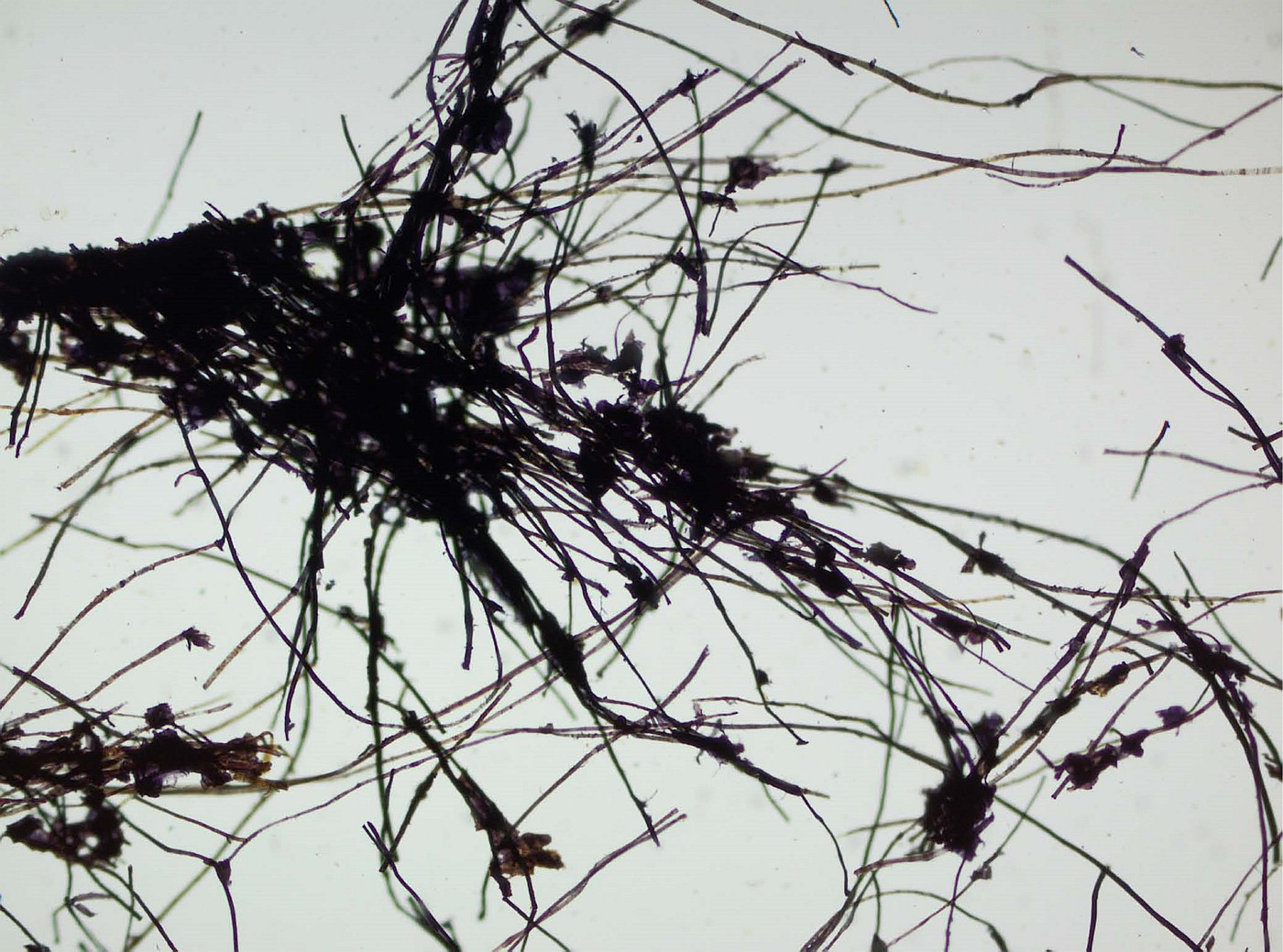DRANGSONG MANUSCRIPTS
<
|
1. Text number |
Drangsong 143 |
|
2. Text title (where present) in Tibetan |
༄༅།།དམ་ཅན་བརྒྱ་མཚོའི་མཆོད་བཞུང[གཞུང]གྷ་ཏ་ཅག་ཞེས[ཅེས]བྱ་བ་སངས་རྒྱས་གླིང་པའི[པས]མཛད་པའོ།།༄༅།། སྲིད་རྒྱལ་གྱི་བསྐང་དུས[འདུས]མྱུར་སྒྲུབ་བཞུགསྷོ།།༄༅།། དམ་ཅན་རྒྱ་མཚོའི་ཐུགས་དམ་རྒྱུད་བསྐུལ་བཞུགསྷོ།། |
|
3. Text title (where present) in Wylie transliteration |
Dam can rgya mtsho’i mchod bzhung[gzhung] gha ṇa tsakra zhes[ces] bya ba sangs rgyas gling pa’i[pas] mdzad pa’o/
Srid rgyal gyi skang dus[’dus] myur gsgrub bzhugs+ho/
Dam can rgya mtsho’i thugs dam rgyud bskul bzhugs+ho/ |
|
4. A brief summary of the item’s contents |
Praise and offerings to the Bon protectors Dam can rgya mtsho and Srid pa’i rgyal mo. |
|
5. Number of folios |
24 |
|
6. Scribe’s name |
’bru tsha, ’khyug ma tshugs |
|
7. Translation of title |
Praise and offerings to Dam can rgya mtsho, entited “Gaṇacakra”, by Sangs rgyas gling pa.
A condensed ritual of expiation of Srid pa’i rgyal mo entitled “Rapidly accomplished”.
Arousing the attention of Dam can rgya mtsho.
|
|
8. Transcription of colophon |
’Di byi[phyi] skyabs gnas rtsa ba’i bla ma yang bston[ston] rin po che’i thugs dam phyag dpe la rin brgyal bdag gis zhal bshus[bzhus] pa ge[dge] leg[legs] bon phel[’phel] shog/ ’di bris dge rtsa bsod nams kyis/ skal pa ma zhig bar du yang/ ’gro drug bde chen sar bkod shog/ ’gro drug bde chen sar bkod nas/ bon nyid ye sangs rgyas par shog/ bkra shis/ |
|
9. Translation of colophon |
I, named Rin rgyal (Rin chen rgyal mtshan?), copied this from a book belonging to Yang ston, our master in this life and the next. May everything be good! May the virtuous roots of copying be saved until all living beings gain peace and realise the truth forever. Good fortune. |
|
10. General remarks |
Sangs rgyas gling pa (1705-1735), one of the four main masters of the New Bon (Bon gsar ma) tradition, was mainly active in the Kham and rGyal rong areas of eastern Tibet. Dam can rgya mtsho, the main protector of the Bon Dzogchen doctrine, is especially important in the New Bon tradition. The tradition was introduced by the royal family of dGe bshes rtsa to rGyal rong from Kham in 17th century. The family later invited Sangs rgyas gling pa to rGyal rong in 18th century. |
|
11. Remarks on script |
|
|
12. Format |
Loose leaves |
|
13. Size |
9.3 × 33.3 cm |
|
14. Layout |
|
|
15. Illustrations and decorations |
|
|
16. Paper type |
Woven, 2 layers, smooth |
|
17. Paper thickness |
0.15–0.17 mm |
|
18. Nos of folio sampled |
f. 2 |
|
19. Fibre analysis |
Daphne sp. with addition of single fibres of hemp? |
|
20. AMS 14C dating |
|
|
21. XRF analysis |
|
|
22. RTI |
|
|
23. GCMS |
|





